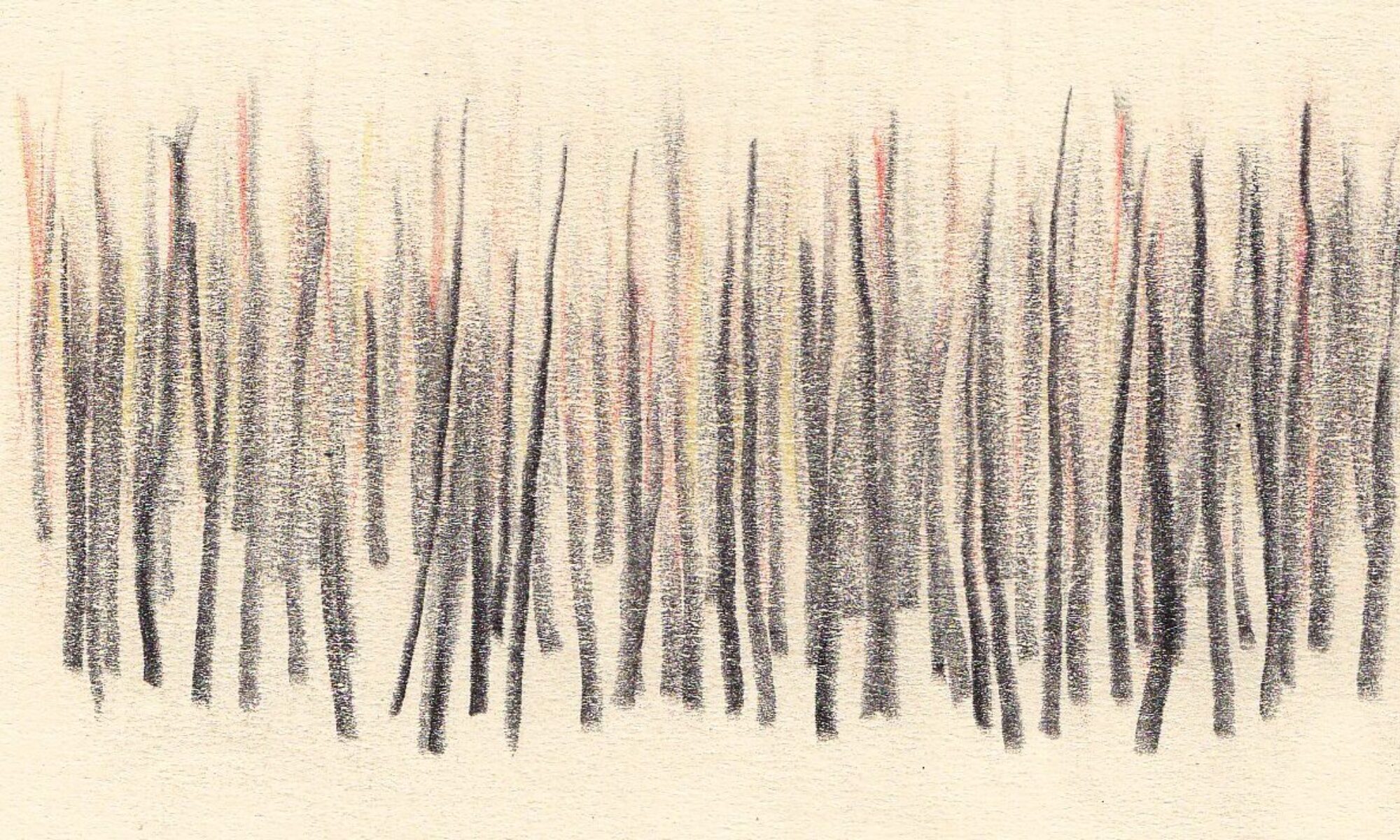Beyond six rivers and three mountain ranges rises Zora, a city that no one, having seen it, can forget. But not because, like other memorable cities, it leaves an unusual image in your recollections. Zora has the quality of remaining in your memory point by point, in its succession of streets, of houses along the streets, and of doors and windows in the houses, though nothing in them possesses a special beauty or rarity. Zora’s secret lies in the way your gaze runs over patterns following one another as in a musical score where not a note can be altered or displaced. The man who knows by heart how Zora is made, if he is unable to sleep at night, can imagine he is walking along the streets and he remembers the order by which the copper clock follows the barber’s striped awning, then the fountain with nine jets, the astronomer’s glass tower, the melon vendor’s kiosk, the statue of the hermit and the lion, the Turkish bath, the café at the corner, the alley that leads to the harbor. This city which cannot be expunged from the mind is like an armature, a honeycomb in whose cells each of us can place the things he wants to remember: names of famous men, virtues, numbers, vegetable and mineral classifications, dates of battles, constellations, parts of speech. Between each idea and each point of the itinerary an affinity or a contrast can be established, serving as an immediate aid to memory. So the world’s learned men are those who have memorized Zora.
But in vain I set out to visit the city: forced to remain motionless and always the same, in order to be more easily remembered, Zora has languished, disintegrated, disappeared. The earth has forgotten her.
